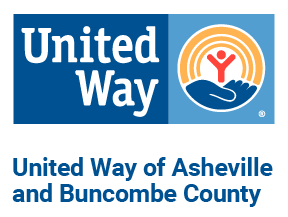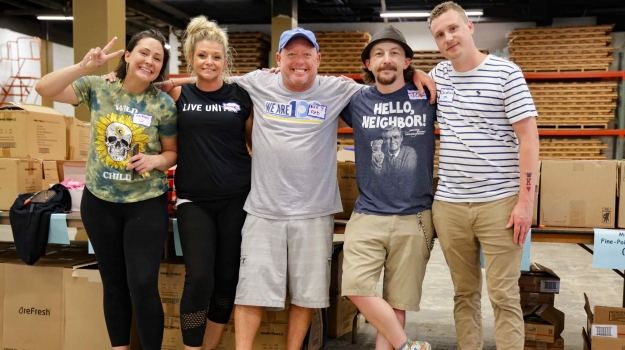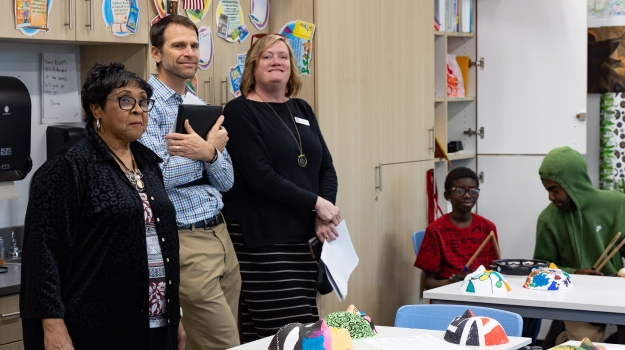With a high rate of working parents in Buncombe County, it would seem important to have a sound approach to finding good after-school care for our children. But how does that usually work?
- A neighbor who will keep an eye on the kids when they get home?
- A list of chores and rules for the kids when home alone?
- A program at the local community center or school?
- Another parent who can transport the kids to various sports, dance, gymnastics, or art programs?
- And if your child is in some kind of after-school program, how can you tell it’s a good one?
Interestingly, most after-school programs that serve children and youth ages 5-18 are not required by law to be licensed. However, programs that participate in the Subsidized Child Care Program require licensing for programs offering care for 5 to 12 year-old children. Click here for more information about licensing requirements.
United Way: Working to Increase the Quality of Local Youth Programs
It’s clearly important to check out any after-school program before your child attends. But I want to share some really good work that is happening in programs that target middle school students – even with no state requirements. United Way’s Middle School Success initiative is working with YMCA 21st Century Learning Centers at Enka, Erwin, and Owen Middle Schools and Asheville Middle School’s In Real Life program to train the staff and assess the quality of the programs offered to kids outside of school time.
I recently completed a recertification training to visit such programs and evaluate their work. Having done it for several years, I continue to look forward to observing a wide range of classes – improvisation theatre, GIS mapping, telescope making, cooking, engineering, song writing, etc. In each class, regardless of the topic, the assessors look for certain aspects of youth development. Research by the Weikart Center and the Search Institute shows that programs operating at the highest level offer key elements and such programs positively impact the assets of individual youth.
High Quality Youth Programs Include These Key Elements
- Safe – clean, comfortable, healthy and positive
- Supportive – welcoming, planned activities, chance to participate, skill building, encouraging
- Interactive – sense of belonging, ways to work together, leadership opportunities, working along side adults
- Engaging – opportunity to plan, have choices, reflect on learning, and share new skills
Trained observers score the programs based on these categories and the resulting assessment is used by the staff to make improvements. It’s a very supportive process and not intended to be punitive. Kudos to the YMCA of WNC and Asheville Middle’s In Real Life for committing to excellence. They are making significant investments of time and training to create the best possible support and learning opportunities for youth 10 to 14 years old. Let’s hope to see more programs commit to high quality after-school.


